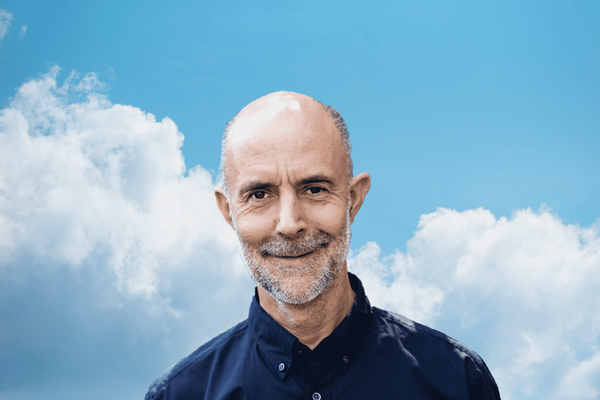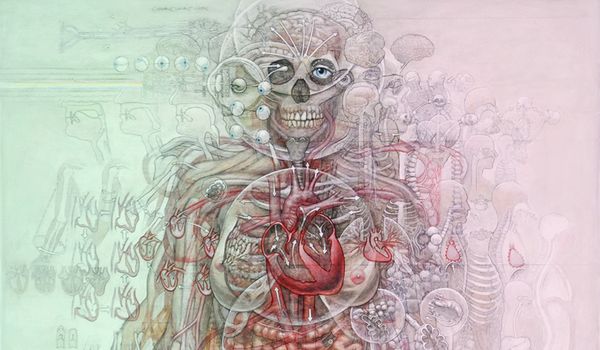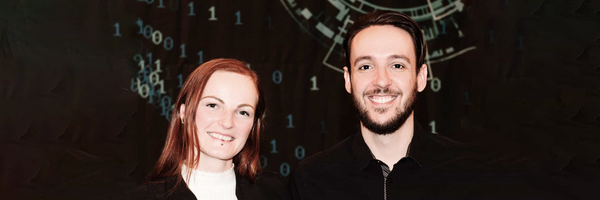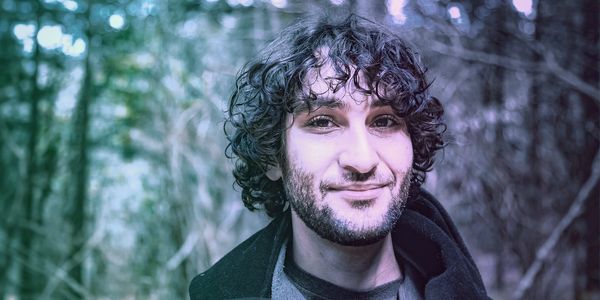James W. Jesso • • 7 min read
Psilocybin and the Shadow: Psychedelic Mushrooms as a Tool For Healing Emotional Trauma
Consciousness & Meditation Psychedelics & Drugs Psychology & Happiness
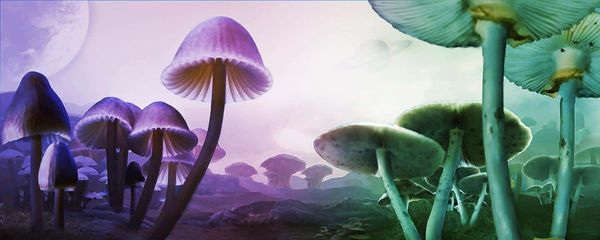
Since 2010 I have been exploring what it means to cultivate a spiritual practice with psilocybin, otherwise known as “magic mushrooms.” I have since written two full-length books—Decomposing The Shadow (2013) and The True Light Of Darkness (2015)—and given several public presentations on the subject.
The primary lesson I have gained through my work with Psilocybin is that integration of the dark, unaddressed, or shadow aspects of oneself are essential for psychospiritual development and general health. Without the direct experience of Shadow emotions from a place of surrender and acknowledgement, those aspects of us are likely to be inappropriately stored, repressed, in the deep psyche. This creates blockages for the flow of life within us and new, detrimental behavioral pathways are created to maintain these blockages, to maintain the repression or evasion of undesired emotional content.
These new pathways are resilient and difficult to undo, but they are not energy efficient, nor are they advantageous to the long-term health of the entire organism (personal or collective). Imagine what happens to a dynamic forest system when a water dam is erected. The natural tributaries, and the dynamic ecosystem they support, are flooded.
Now imagine this dam is poorly built and is constantly cracking under the pressure, causing more damage that only ends up requiring further maintenance of that dam as well as new dams installed to keep the flooded areas maintained. The erection of this first dam creates a chain of events that lead to causing further harm to the integrity of the whole ecosystem.
Uncovering and Feeling Repressed Emotions
In similar fashion, the repression of dark emotions—sadness, loneliness, inadequacy, hopelessness, etc.—can flood and wreak havoc to one’s inner-landscape. Yet the uncomfortable emotions we are trying to keep at bay can never be truly contained. They will eventually escape and lash out, causing harm to one’s self and their larger social ecosystem as soon as an opportunity arises.
Some of us have fewer backlogs to sort through, though we all have uncomfortable emotional content contextual to our personal and cultural experiences in life that remains unaddressed in some way. It has been there, repressed, since childhood, since we were told, directly or indirectly, to “quiet down and don’t interrupt,” or “big kids don’t cry,” “you’re fat/stupid/not good enough,” or “you must conform to specific ideals to be valuable,” etc.
We have repressed, unaddressed emotional content since so far back in ourselves that we don’t even have explicit memories attached to it. So far back that it exists beyond the thinking mind’s capacity to reach, such as the potentially devastating moment for an infant when its mother turns her head away slightly while its smiling. Or for a toddler at an age when most parents are ignorant in their belief that “the child doesn’t understand,” and they fight aggressively with each other, meanwhile all the emotions associated to that conflict are being internalized by the child as their fault that mommy and daddy are angry so [insert deleterious self-deprecating identity structures here]. Emotions from this time in our lives are still with us, unaddressed because they were dealt with according to the strategies of a child.
Many of the emotions left echoing from our past can be seen through a rational point of view as having been inappropriately embodied. From the adult mind looking back, we can see the larger picture and understand that it wasn’t our fault or that perhaps whatever actions caused us pain were from a place of love, or a place of another’s trauma or sickness. This gives us the capacity to forgive and understand conceptually, but the gravity of the emotional effect those experiences have on the pre-rational part of us that they initially affected is beyond what the rational mind can explain away (regardless of how much intellectualism we throw at it).
These deeply seated emotions contain a potential for great empowerment, yet when unaddressed and locked-away, they disempower by controlling our subconscious behavior. Thinking about historical feelings will not necessarily release their control over you. The only way to truly move through and beyond these emotions, to integrate them, is to FEEL them in their fullest honesty and learn from those feelings (as best you can).
The Ego: A Barrier
This is not an easy, nor comfortable process. The Ego, the operational sense of “I” that maintains survival of the individual self, is deeply committed to keeping you safe from the pain and discomfort of facing that which has hurt you. It will not allow you to open access to these emotions, ‘for your own good.’
But if we are able to create a container in which to feel these emotions and integrate them into our sense of self, we can recalibrate how they affect us. We can learn to be empowered by our presence to the pain we have faced in life and even to the essential suffrage that it is to be human—allowing us in turn to be more capable of compassion for ourselves and for others.
As we grow and mature into our eldership over the years, if given proper opportunity, we should be able to learn emotional intelligence and discover an openness to ourselves and to the world, which may eventually free us from our old defenses. However, for many of us, the detrimental patterns of repression that manifest from the behavioral conditioning of an emotionally adolescent society passed down through generations of trauma create more dysfunction on a regular basis than we are able to sort through. Two steps forward, three steps back, and we end up falling into vortices of self-detrimental behavior.
There are many different spiritual and psychotherapeutic methods to help curb this vortexing. Some more effective than others and all of which are leveraged by a meditative practice, a supportive community, and a healthy diet and movement practice.
Psychedelic Mushrooms as a Tool for Healing
As mentioned in the first paragraph, my work with psychedelic mushrooms has been the primary spiritual therapeutic practice I have held to create a container to release, acknowledge, and integrate repressed emotional content and clear the backlog of personal trauma I, as an adult, all of a sudden woke up to find having proliferated my life. Psilocybin has helped me greatly in this journey.
Unfortunately, information on building a mature spiritual practice with psilocybin is rare to find in the modern Western world, as much of its cultural usage exists within a more adolescent mentality: play, fun, recreation, tripping out. I have no problem with this mentality, as there is no set prescription as to how one chooses their personal relationship to visionary plants and fungi. But there are risks involved with unconscious or uninformed use. Also, the tendency towards positive, lifelong transformation and healing is less and less likely as the mentality of recreation or superficially is more dominant. This essay is part of a journey I have been on to share and co-create an accessible model for working with psychedelic mushrooms for personal growth, presented in my two books and various lectures.
Play, laugher, and fun are a part of a psilocybin experience, though I believe the true expansiveness of transcendence in ecstasy is mediated by the depths of uncomfortable emotional honesty to which one has chosen to release themselves. When we uncover our darkness in those depths and we surrender to its fullness and presence in the body, those aspects of ourselves—that may have been secretly hurting since before we were even able to form explicit memory—are given a space to be seen, felt, loved, and integrated. We offer ourselves the opportunity to be empowered through the metabolizing of unprocessed emotional energy into self-awareness, maturity, and wholeness. We can reveal the true light of wisdom that our honest darkness reveals when we decompose the Shadow aspects of the self and allow its catabolites to nourish the soil of our spiritual maturation.
As mentioned earlier, psilocybin in spiritual practice has proven to offer great benefit to my life, but has often done so in exchange for great risk to my sense of psychological security. I emphasize this point because it is a common theme in the progressing psychedelic/entheogenic culture to speak evangelically about the healing potential of psilocybin and psychedelics in general, which I believe places people at risk of only further exacerbating their issues. Psilocybin has great potential, but is not a magic bullet.
The type of psilocybin practice I am speaking of is not easy nor inherently safe and should not be invested in on frivolous impulse. If you are currently facing depression, anxiety issues, or other serious emotional illness, please see a professional before you try taking psilocybin. Whether or not this is safe for you must be deeply considered before going this route. Be mindful of your choices.
What I invite you to take away from this article today is not so much what the psychedelic mushroom can offer when recreation and superficiality is transcended, but what the psilocybin experience shows us about who we are. It shows us that there is no reason to fear, repress, or evade the inevitable, daily, uncomfortable emotions we are faced with; and that the more we feel what is really happening inside us, the fuller expressions of our authentic selves we become.
The courage to feel sadness or loneliness or inadequacy with surrender and self-compassion, to know them like an extension of our healthy selves and in doing so allow them to change and inspire us into something grander, is an expression of empowerment that we are all endowed with. We just need to decide whether we are ready to walk this lifelong path. But it won’t be easy.
Further Study:
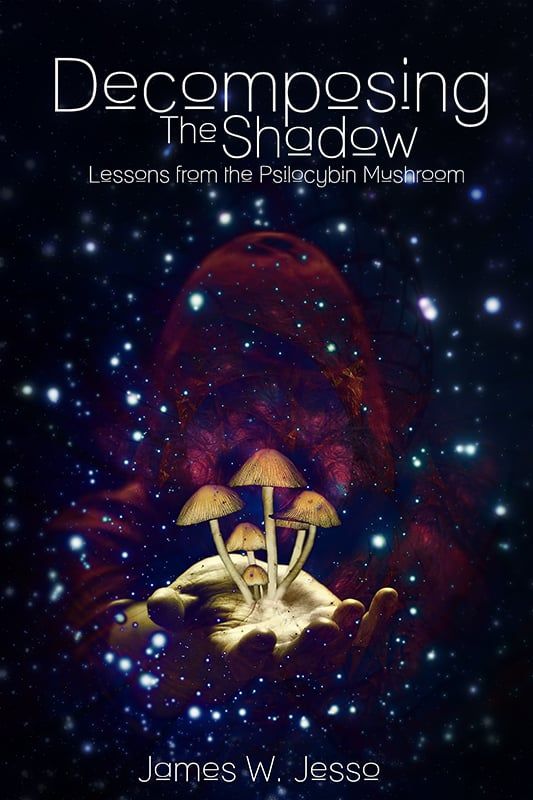
Decomposing the Shadow: Lessons From The Psilocybin Mushroom by James W. Jesso
Decomposing The Shadow presents a psychological model for the experience of the magic psilocybin mushroom. It explores what the experience of this psychedelic medicine exposes to us about the nature of mind, emotion, society, psychospiritual maturity, and reality itself.
This article was originally published on Collective Evolution.
A Final Note on Safety
As we repeatedly stress on HighExistence, psychedelics must be approached with reverence and caution. We believe that in a loving context, psychedelics are powerful medicines with tremendous potential, but there are a number of physical and psychological safety concerns that one should consider before journeying with psychedelics. Please, please do plenty of research, and do not take psychedelics if you have reason to believe that they will not jibe with your personality or particular mental baggage. The Essential Psychedelic Guide on Erowid is an exceptional free resource, and we recommend reading it, especially the section on ‘Psychedelic Safety,’ before ever dabbling in these substances. It’s also imperative that you buy a test kit if you aren’t absolutely certain that the substances you’ve procured are what you believe them to be. Take care, and happy tripping. : )

